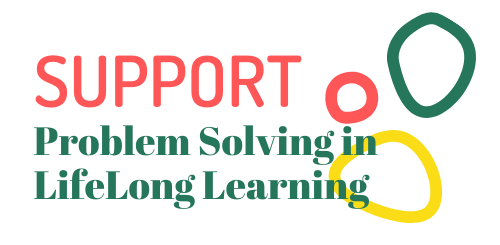Individual Attention
Solving the Problem: Activities for Learning Groups
Title of activity
Don’t mind the gap (Mind maps)
Working on the activity – Suggestions
Summary: Lesson time is limited and the educator is always anxious about getting everything done in the designated timeframe. Keeping the learners occupied with the creation of Mind maps, can provide the educator the extra time for giving individual attention to anyone who requires it.
Objective: For the learners to create their own Mind map.
Description: Mind maps can be extremely useful to students and educators alike. Their big advantage is that, essentially, there is no need for an educator once the learners get the hang of it and, as a result, this can free up some time for the educator to invest in the individual attention that is required from the students. Usually, mind maps are used as a consolidation activity with the objective to understand the lesson’s content. It can be used in a variety of subjects, such as literature. For example, creating a mind map using an application, like Mindomo, the learner can visualize the concepts presented in the work of literature and the relations between them and discover new connections and patterns. Additionally, they can make claims and support them with evidence, improve their memorization and make plans for essays. At the end, each assignment will be reviewed digitally by the educator.
Suggestions: It can also be a group activity in which groups of students are working on the same map. If the division of the teams is based on the educational levels, then the educator will be able to spend more time with the group of students that are struggling (making sure though to also spend time with the more advanced learners). Moreover, the more advanced group can undertake more challenging assignments on the same topic which can keep them equally occupied.
Learn more
Title of activity
Stay in touch (Moodle)
Working on the activity – Suggestions
Summary: Due to the time limitations of didactic hours, a revision of each lesson will be uploaded to the Moodle platform in which learners will have the opportunity to converse with fellow learners and the educator on aspects of the lesson that are difficult to grasp.
,b>Objective: For the learners to be supported academically by conversing with their classmates and educators through the Moodle platform.
Description: The educator will set up an online classroom in the Moodle platform, in which revisions of the course will be uploaded, along with supplementary material if that’s available. The learners will be able to navigate through the content and make inquiries in the form of board posts. The educator and the other learners will be able to respond to those inquiries, thus assisting the students that have difficulties with certain aspects of the course. In that way the learners will receive the individual assistance that they need without taking away much time from the didactic hours.
Suggestions: In order to avoid imposing on anyone’s time (especially the educator’s), it can be set as a prerequisite of the class that everyone has to log in and be active in the platform once per day. No more than that unless anyone is willing to do it on their own accord. That means that the educator will not be expected to be active in the platform all day in order to assist anyone who has a problem.
Learn more
Moodle: https://moodle.org/?lang=en
Solving the Problem: Self-reflection (educator’s reflection)
Points for Discussion with your Organisation
Suggested Training Course available online
